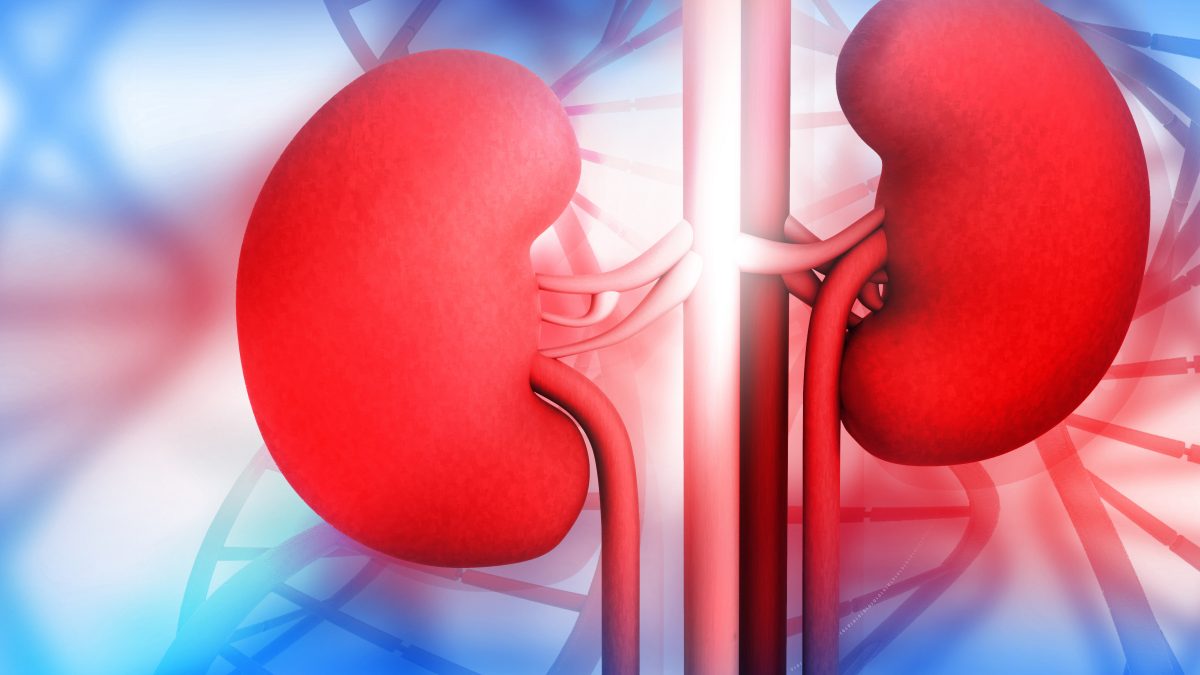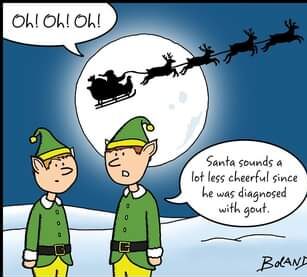Don’t let fear of a contrast induced nephropathy force you into a medical error. If a patient presents to the ER and you suspect a life threatening emergency, I think most of us are brave enough to sign off on doing a contrasted study without waiting for labs. But even in a patient who has a bump in BUN or creatinine, if your suspicion for dissection or bleed or PE or whatever remains high, don’t risk missing such a diagnosis on the off chance that you worsen an acute kidney injury.
It’s by now a well debunked myth that a single contrast study in the ER will lead to hemodialysis.
Here is a real life malpractice case that was settled prior to trial:
The patient arrived to the ER complaining of chest pain and nausea. The ER doctor ordered a stat CT scan of the chest, abdomen, and pelvis without contrast. The radiologist interpreted the CT scans and found them largely unremarkable. The patient was found unresponsive the next day, and after prolonged resuscitation attempts, he was pronounced dead. A later autopsy concluded that his death was caused by an ascending aortic dissection with Marfan syndrome as a likely contributing underlying condition.
During the ER doctor’s deposition, she stated that she ordered the CT scan because, while there was no documented history of it, she suspected he had possible Marfan syndrome based on his height: he was six feet, nine inches tall. She also knew that Marfan’s is associated with an elevated risk of dissection. The creatinine had come back slightly elevated and she admitted to ordering the CT scans without contrast because she was worried about the adverse effect the contrast dye would have on his kidneys.
According to the ER doctor’s deposition, she noted in the electronic order for the CT of chest that her reason for ordering the CT was “dissection.” However, all of the records associated with the patient’s chart (whether generated by the ER, radiology, or the radiologist), failed to indicate this CT scan was for dissection. Instead, the orders indicated ‘chest pain’. She testified there were a variety of ways she could get a report from radiology after the CT scans were taken and interpreted but noted she would have been called on the phone by the radiologist if it was urgent. She recalled seeing on the initial report that the radiologist could not evaluate for dissection, but that the radiologist did not provide an accompanying reason why such an evaluation could not be made. She testified that after she received this information, she did not order a chest CT with contrast because “number one, the creatinine was too high, and number two, my suspicion [of a dissection] was too low.” She explained that her only suspicion for the patient having a dissection with his symptoms was his stature, and once she knew the radiologist could not look for dissection, she could have ordered a CT with contrast if she thought it was indicated.
The radiologist who evaluated the scans testified she did not recall seeing a request to evaluate for an aortic dissection. She explained that if she had been asked to look for a dissection she would have noted that in her report instead of chest pain, and she would have called the ER doctor and discussed with her that a CT with contrast had to be ordered. She further testified that she made no statement indicating that radiology could not assess for dissection.
One of the expert witnesses opined that a CT with contrast was necessary here, and if the dissection was properly diagnosed, surgery in a case like this would have a 10-15% mortality rate. He further opined that given the elevated level of creatinine, the patient should have been hydrated, and given the CT with contrast to rule out the one condition that could kill him; his kidneys would get better after surgery more likely than not “[a]nd even if he ends up on dialysis, his outcome is pretty good. But if you don’t do it, you know what happens because you see it in this case. You have 100% mortality.”
Obviously, there was a breakdown in communication here and the ER’s true intent for ordering the CT was somehow never communicated to the radiologist. Nevertheless, if you’re concerned about dissection do the right study. Don’t pin your hopes on a radiologist sitting potentially miles away who hasn’t seen the patient to make the diagnosis. Likewise, if you have concern for appendicitis in an adult patient, don’t rely on ultrasound: get the CT scan. PE? A non contrast CT is not the most sensitive test. You only risk missing the diagnosis.




